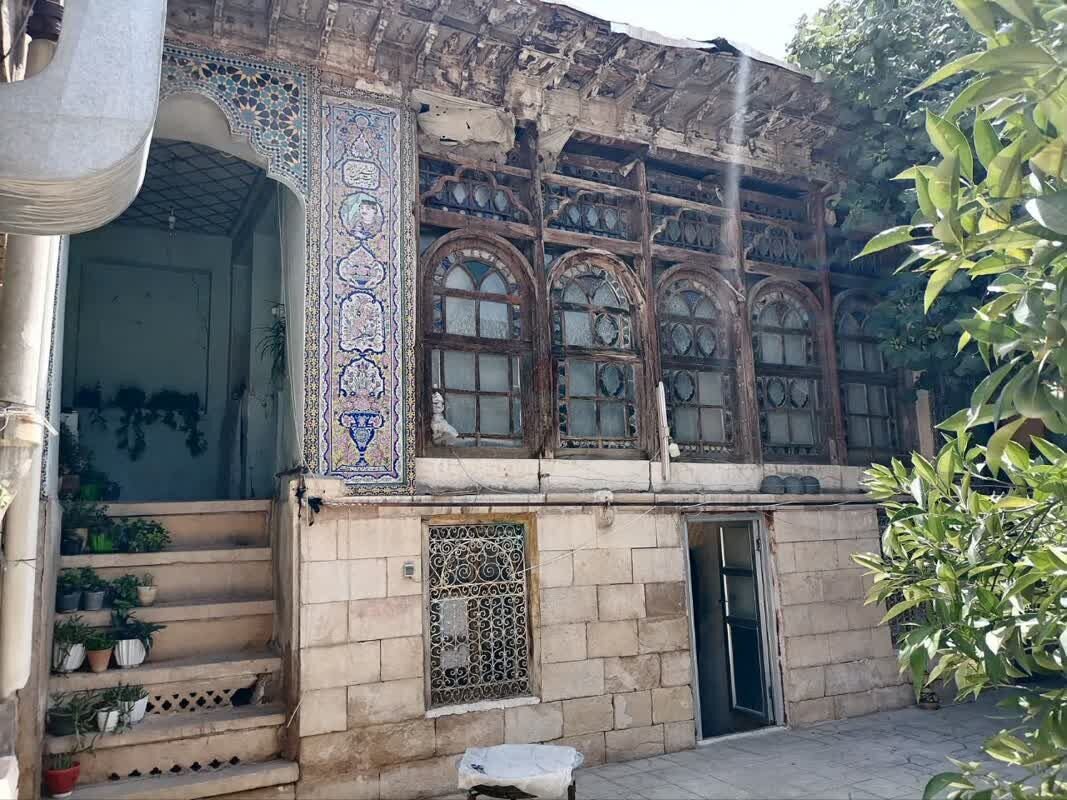601 inscriptions from Fars province in Iran’s heritage list

TEHRAN – The Director-General of Cultural Heritage, Tourism, and Handicrafts of Fars, Mohammad Sabet Eqlidi, announced on Thursday that 46 immovable and 555 movable cultural assets from Fars province have been officially registered in Iran’s national heritage list.
Speaking to reporters, Sabet Eqlidi explained that 50 historical sites in Fars, including mosques, mansions, baths, water channels, and ancient inscriptions, were reviewed by the National Council for the Registration of Historical Sites. Of these, 46 were deemed eligible for national recognition.
Additionally, the registration covers significant historical objects. In a recent session of the National Heritage Registration Council in Shiraz, 558 case files for movable artifacts from both public and private museums were reviewed. Of these, 555 items were approved for inclusion on the national heritage list.
Notable items include 100 historical coins minted in Shiraz, 50 palm-shaped amulets, ancient grinding tools, fire starters, and a finely crafted wooden pulpit from the Zandieh period. Six sets of hand-woven clothing from the city of Ouz were also added to the list.
Sabet Eqhlidi emphasized the importance of preserving these cultural treasures, particularly objects from private museums, and underscored the increased efforts for monitoring and safeguarding Fars' cultural heritage.
Often considered the cultural heartland of Iran, Fars is home to ancient cities, monumental ruins, and architectural masterpieces that reflect its illustrious past.
One of the most iconic sites in Fars is Persepolis, the ceremonial capital of the Achaemenid Empire, founded by Darius the Great in 518 BC. This UNESCO World Heritage site showcases the grandeur of ancient Persian architecture with its impressive palaces, reliefs, and staircases. Another significant landmark is Pasargadae, the tomb of Cyrus the Great, which is a testament to the early Persian Empire’s architectural ingenuity. This site also holds a UNESCO designation and is revered for its historical and cultural importance.
Leave a Comment